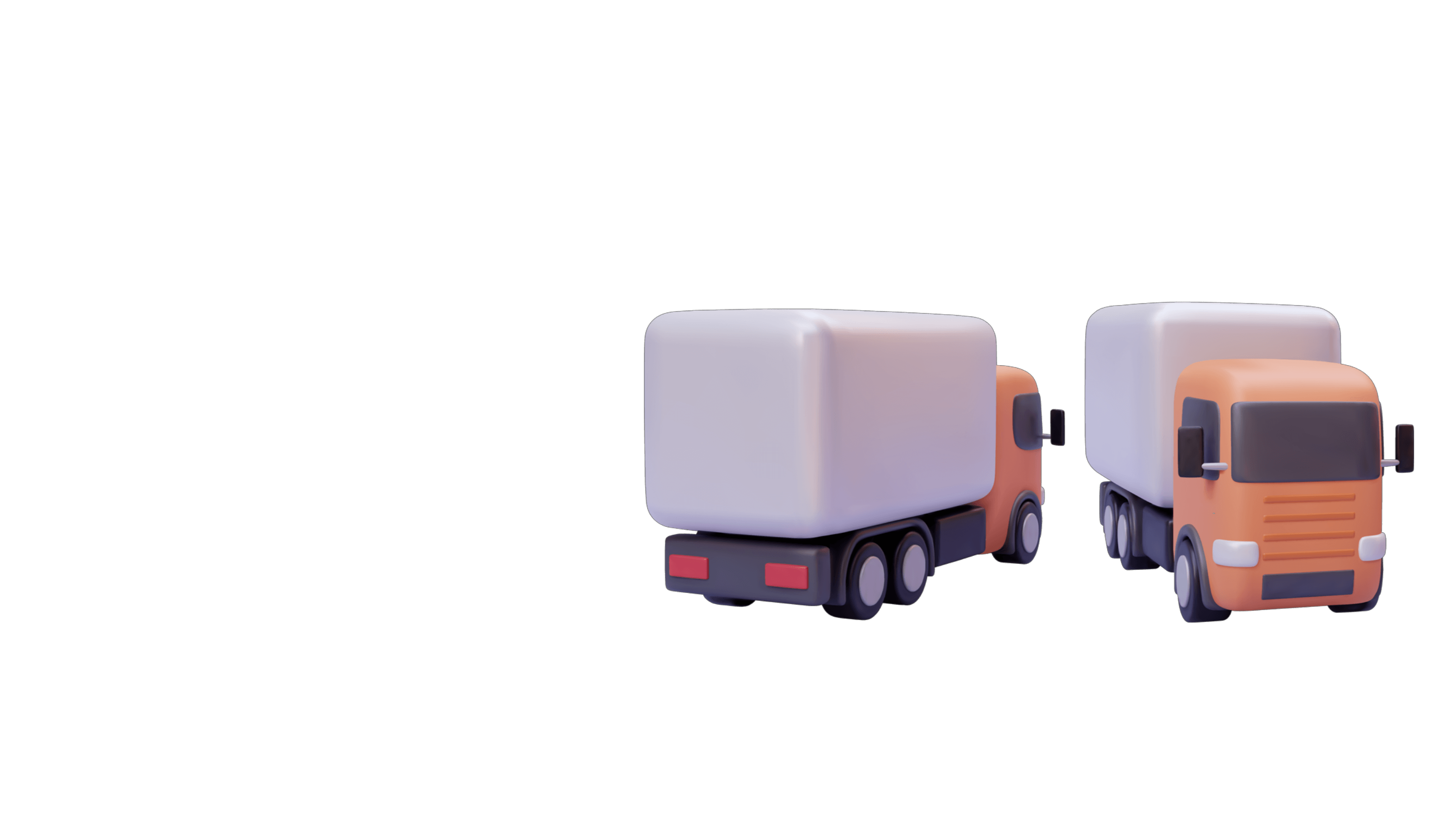Business investment in vehicles, machinery, and equipment has been growing rapidly in recent months, with many small businesses looking to purchase trucks, cars, and equipment to keep growing their businesses.
Earlier in the year, SMEs rushed to take advantage of the $150,000 instant asset write-off before its expiry in June 2023. Equipment finance rose by 47 per cent in 2022, according to the NAB Regional & Agribusiness Horizons Report 2023, with the bank noting that a lot of customers had a fear of missing out on taking advantage of the tax incentive.
But many are looking at what other purchases they can make now that the $20,000 threshold applies on a per-asset basis (as part of government’s move to enable small businesses to instantly write off multiple assets).
Under the changes, small businesses with an aggregated annual turnover of less than $10 million will have the ability to immediately deduct eligible assets costing less than $20,000. (However, depreciating assets first used or installed for a taxable purpose on or after 1 July 2024, will still be subject to the previous $1,000 threshold.)
These assets must be applied or installed and ready for use between 1 July 2023, and 30 June 2024.
Prospa’s co-founder and chief revenue officer Beau Bertoli recently told The Adviser that the new write-off was likely to be “well-received and provide much-needed relief to SMEs” during challenging times.

“The instant asset write-off provisions continue to be a valuable incentive for small businesses, encouraging them to invest in new equipment, tools, and assets – an effective way to reduce costs, improve cash flow, and pave the way for growth,” Mr Bertoli said.
Other lenders have been looking to take advantage of the boom in equipment finance demand. SME lender Earlypay recently brought back its standalone equipment finance product line after noticing that its equipment finance portfolio had continued to perform well, “despite challenging conditions for [its] clients” and the Commonwealth Bank of Australia (CBA) revealed it funded record volumes in new asset finance over the 2023 financial year.
The major bank noted that transport assets, such as cars had grown particularly strongly over the year, with cars up 30 per cent, heavy trucks up 27 per cent, and trailers up 26 per cent.
Speaking of the figures, CBA’s general manager of asset finance Chris Moldrich said: “The increased supply of vehicles to Australia has enabled businesses to take the opportunity to upgrade assets that they held on to for longer than expected during COVID-19.
Brokers have also been busy writing asset finance loans for their clients, with aggregators and lenders both rapidly building out their asset finance arms and support teams to keep pace. For example, asset finance group COG expanded its size by acquiring two asset finance aggregators earlier in the year: NFC and United Financial Services.
And with more brokers writing asset finance (business lender Shift recently told The Adviser that 70 per cent of its equipment line transactions had been initiated by brokers), more specialist support is incoming. Not one, but two, new asset finance aggregator brands have launched in the past few months – Viking Aggregation and Compass Aggregation – aiming to provide the technology, compliance management tools, and lender solutions to brokers specialising in asset and equipment finance.





